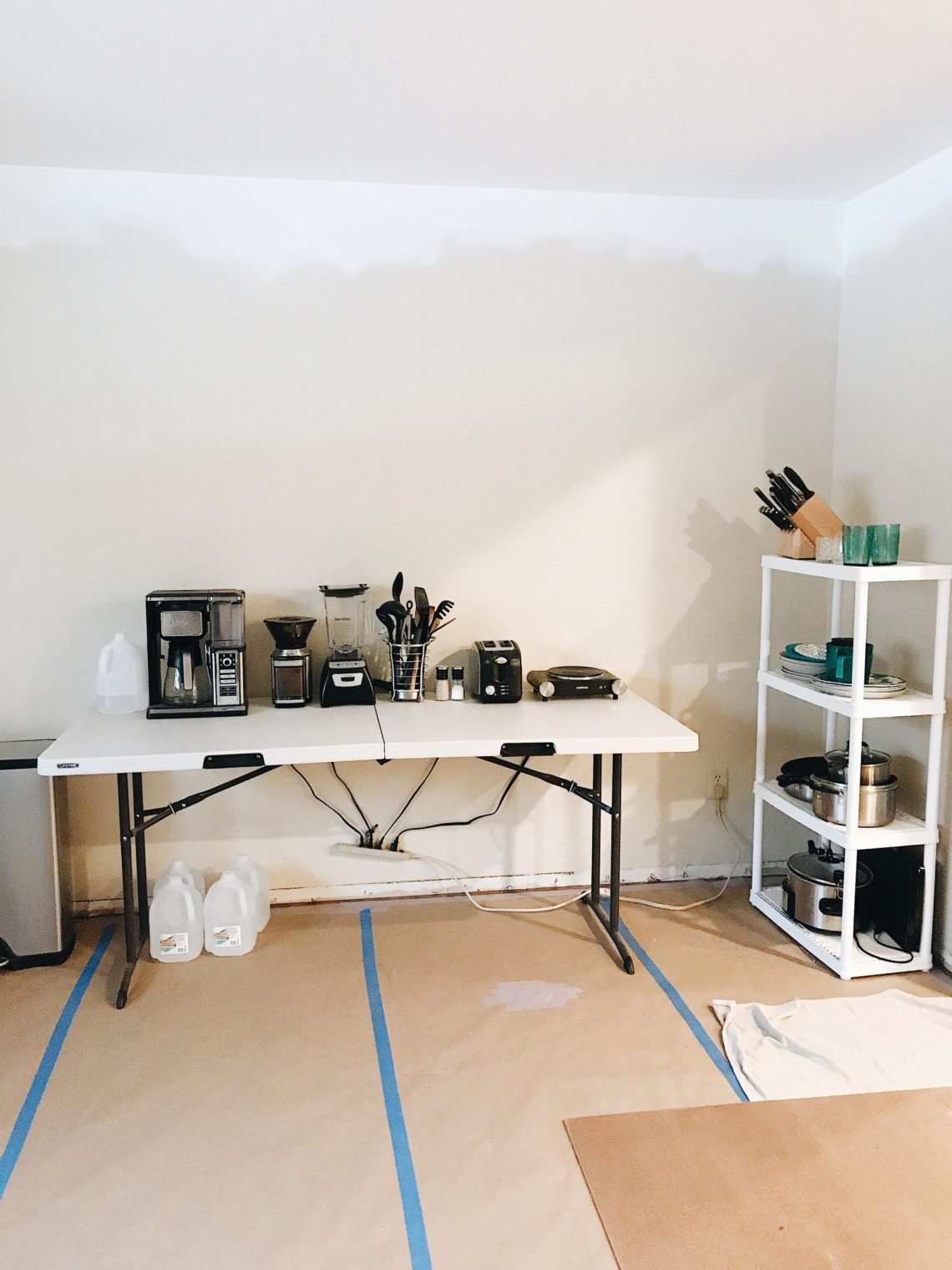Renovating your kitchen? Dealing with a plumbing emergency? Or maybe you’re setting up an outdoor cooking space? Whatever the reason, sometimes you just need a temporary kitchen sink solution․ Let’s face it, washing dishes in the bathtub or lugging water outside is a real pain․ But don’t worry, creating a functional temporary sink is easier than you might think! This article will guide you through the process, offering some practical and creative solutions to get you washing dishes like a pro, even when your regular sink is out of commission․ We’ll explore different options, from simple setups to slightly more elaborate ones, ensuring you find the perfect fit for your needs and budget․
Creating a Basic Temporary Kitchen Sink
Let’s start with the simplest approach․ This is perfect if you need a quick and dirty solution for a short period․ Think of it as the “emergency sink” option․
Materials for Your Basic Temporary Kitchen Sink
- A sturdy plastic tub or container (think large storage bin)
- A water source (hose, faucet adapter, etc․)
- A bucket or container for wastewater
- Dish soap, sponge, and towels
Here’s the process: Place the tub on a stable surface․ Position the wastewater bucket below the tub to catch the draining water․ Connect your water source to the tub, ensuring it’s a controlled flow․ And that’s it! You’ve got a basic temporary sink․
Pro Tip: Line the bottom of the tub with a rubber mat to prevent dishes from slipping and breaking․
It’s not fancy, but it gets the job done! Remember to empty the wastewater bucket frequently to avoid overflows․






